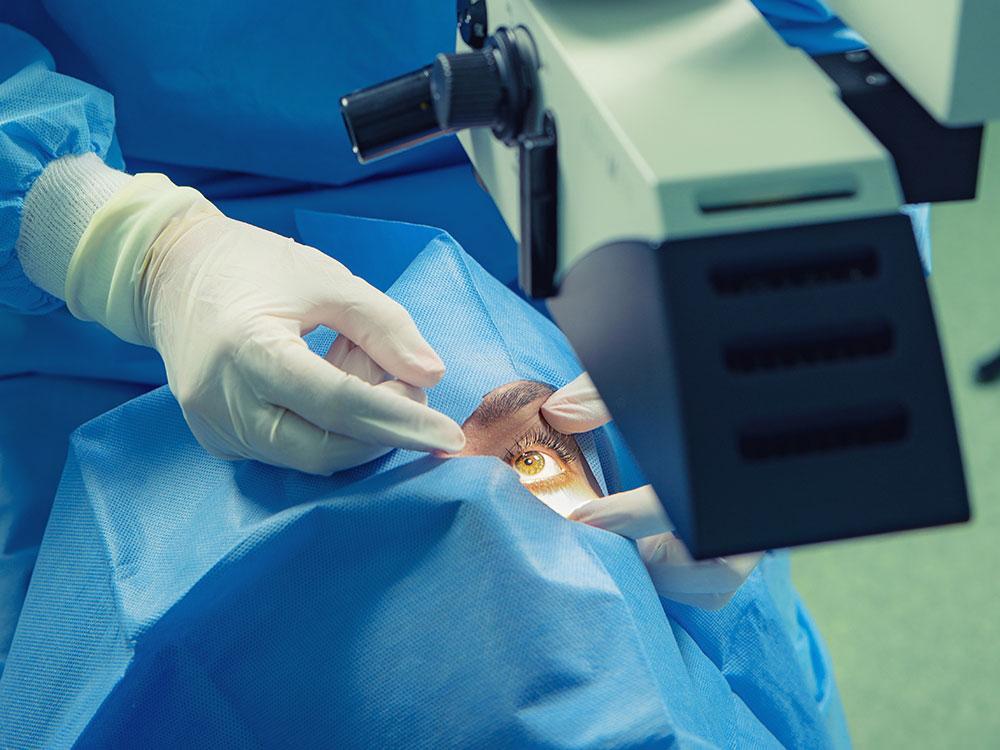Mullerectomy or Levator Advancement for Blepharoptosis?

EYELID SURGERY NORTHERN VIRGINIA
There are several ways to address involutional blepharoptosis in Northern Virginia depending on the extent of correction needed.
If you are considering a Mullerectomy or levator advancement, continue reading to learn the indications and benefits of each treatment and which option may be right for you.
WHAT IS BLEPHAROPTOSIS?
Blepharoptosis is an ocular condition in which the upper eyelid margin lies abnormally low with the eye in primary gaze. Normally, the upper lid covers 1.0-2.0mm of the upper part of the cornea.
Accordingly, the severity of the condition often dictates the most appropriate method of correction.
WHEN SHOULD PATIENTS UNDERGO A MULLERECTOMY?
A Mullerectomy is a surgical procedure in which the Mullers muscle and underlying conjunctiva are resected to treat a mild case.
Candidacy for a Mullerectomy is usually determined using a phenylephrine test, in which 2 drops of 2.5% phenylephrine are applied and eyelid height is measured.
If eyelid height stays low following drop administration, this demonstrates that a Mullerectomy would not produce sufficient correction of the upper eyelid.
With that being said, a Mullerectomy is well-suited in cases where ptosis is less than 3 mm, and the patient has good levator function.
Additionally, this approach can be performed under local anesthesia, with virtually no discomfort or patient participation.
WHEN IS A LEVATOR ADVANCEMENT NECESSARY?
In cases of more severe blepharoptosis that is greater than 3 mm, an external levator advancement is recommended.
This approach easily allows for the removal of excess skin and fat and is an excellent option when combining blepharoptosis repair with blepharoplasty.
However, its worth noting that a levator advancement requires patient cooperation and involves some discomfort. Accordingly, surgeon and patient should openly discuss the benefits of this technique.
SCHEDULE A CONSULTATION FOR BLEPHAROPTOSIS MANAGEMENT TODAY
If you suffer from blepharoptosis in Northern Virginia, please contact our office today to schedule a comprehensive consultation with board-certified plastic surgeons Dr. Rostami or Dr. Naz.
